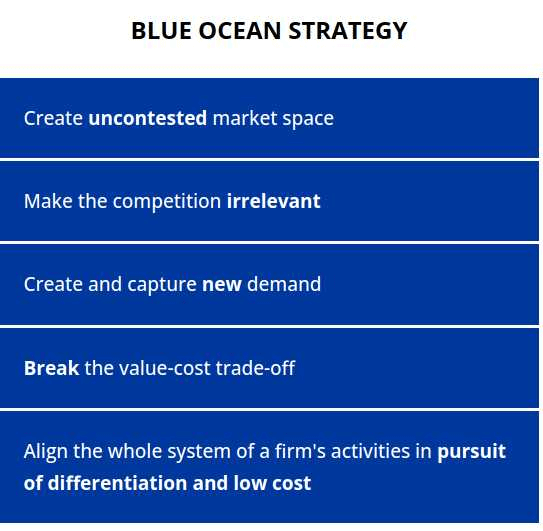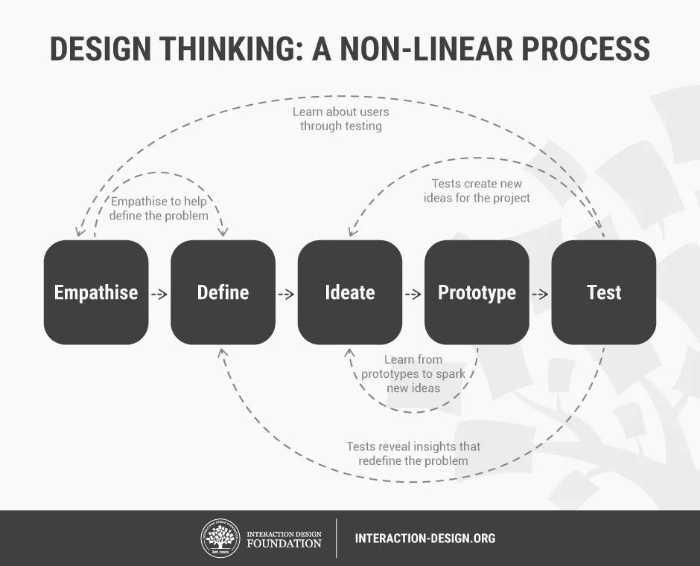Successful companies will eventually reach the point where they need to expand – often by introducing a new product to an existing market or an existing product to a new market. The process of preparing to take a product to market is known as Go to Market Planning (GTM planning).
A go to market plan is a strategy that outlines the necessary steps to bring the new product to market. It includes pricing strategy, advertising, promotion, public relations, digital marketing, direct sales, events and other marketing initiatives. GTM planning is crucial to get right because only the right strategy will ensure you avoid costly mistakes. The GTM plan should be a living document that is updated as your product changes and grows.
Why a Go To Market Plan?
When preparing for a new launch, it is your go to market plan that will set you up for sales success.
Without a well thought out go to market strategy, a launch can easily fail to meet business objectives or, worse, be a total non-starter. Unfortunately, even some of the most astute business people in history have experienced go to market failures due to poor planning. For example, the late Steve Jobs had his moment of infamy with the Apple Lisa computer in the 1980s. Critics attributed the failure to several factors, including too high a price, misleading ads, and the product's low processing power – all of which could have been foreseen had proper GTM planning taken place.
GTM plans are especially vital for SaaS companies, where the competition is cutthroat, and new companies enter the market on a daily basis with very little differentiation in the eyes of consumers. Some niches are particularly saturated. For example, G2.com lists 411 project management software companies competing for a slice of the pie.
Go-To-Market Plan Methodologies
There are many different go to market methodologies, each with pros and cons. Below are some of the most popular:
-
The Boston Consulting Group's Growth-Share Matrix
-
The Ansoff Matrix
Business leaders have, over the years, attempted to simplify the scholarly model versions above. Below are three go to market plan methodologies that amalgamate various elements these models into something new.
-
The first is the "skate to where the puck is going" methodology, also known as the "blue ocean" strategy. This go to marketing strategy is about creating uncontested market space and making the competition irrelevant. The phrase was first used by Wayne Gretzky before being adapted for business by Steve Jobs and Warren Buffet.

(Image source: Blueoceanstrategy.com)
2. The second go to market methodology is "faster horse." This one has had its fair share of critics. The quote, "if I had asked people what they wanted, they would have said faster horses" is erroneously attributed to Henry Ford. However, the gist of this marketing strategy is that customers can rarely easily describe a problem they're having, yet demand a practical solution. In such a scenario, the best approach for a disruptor is to apply design thinking to bridge the gap between the company and the consumer.
(Image source: Interaction-design.org)
3. The third and final go to market strategy is "me too." This strategy is about copying what the competition is doing to get a piece of the pie. Big tech companies with lots of financial muscle have used this strategy with devastating effect. For example, Google copied Facebook's newsfeed feature, and Instagram quickly copied Snapchat Stories.
Steps to Create a Go To Marketing Strategy
Now that we've gone over go to market basics and some of the different go to market models, it's time to create your go to market strategy.
Here are the steps you'll need to take:
Step One: Know Your Objectives
Before you can create a go to market strategy, you need to know your objectives. Without a clear understanding of what you want to achieve, it will be challenging to measure success. For example, what are you trying to accomplish with your product? Do you want to increase revenue, market share, or profit? Do you want to enter a new market?
Step Two: Know Your Customers
Who are your target customers? What needs do they have that your product can address? How can you reach them?
Create buyer personas to help you create targeted content and messaging that resonates with your target market.
Step Three: Know Your Competition
Who are your competitors? What are they doing well? Where do they fall short? Perform a SWOT analysis to compare your strengths and weaknesses against your competition and understand how you can use your strengths as a competitive advantage to exploit market opportunities and deal with threats.
Step Four: Develop Your Value Proposition
Define your unique value proposition. What makes your product or service unique? What value does it offer to customers?
Step Five: Develop Your Messaging
What key messages do you want to communicate to your target audience? Create marketing collateral to get these messages out there. This includes everything from your website to your social media profile to product demos and case studies.
Step Six: Develop Your go-to-market Strategy
This should be detailed and outline how you will reach your target market, what messaging and positioning you will use, what channels you will employ, as well as your pricing strategy and sales strategy.
Step Seven: Implement Your GTM Plan
Now it's time to put your go to marketing plan into action. This is where you will execute all of the tactics you've outlined in your go to market strategy. The most important thing to note is that you can't set it and forget it. Monitor, measure, and adjust as necessary.
Read more: How to Build a FoolProof Go To Market Strategy Checklist
Talk to Us
Creating a go to market strategy is essential to success for any business preparing for a new launch. By following the steps we've outlined, you can develop a strategy to help your business grow and reach new heights. If you need help putting a GTM plan into action or would like more information on our services, book a free session with one of our Go to Market experts. We're ready to assist you in taking your business to the next level.








